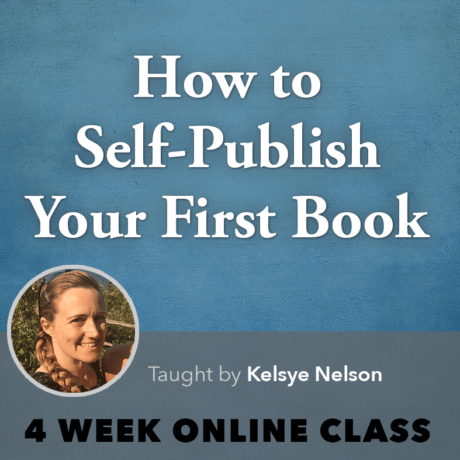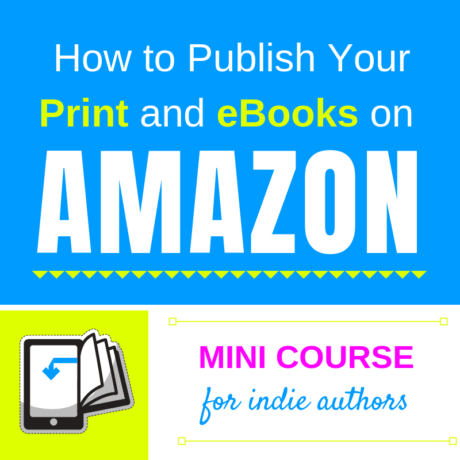

No matter how good a writer you think you are, there will always be some mistakes in your manuscript. From glaring grammar errors to the smallest overlooked writing rule, there will always be corrections to be made. This is where the work of copyeditors and proofreaders come in – both with significant differences in the work they do for you.
What is Copyediting?
The process of copyediting comes before proofreading, where the copyeditor gives your manuscript a more in-depth check-up by correcting everything from grammar errors to inconsistencies in tone to formatting issues. According to Grammarly, “A copyeditor may also rewrite, if necessary, to fix any problems with transitions, wordiness, jargon, and to ensure the style of the piece fits with the publication.”
Copyediting is what determines the professionalism of your manuscript and improves its authenticity.
What is Proofreading?
Proofreading comes toward the end of the editing process, and the proofreader, in the simplest terms, corrects the mistakes that the copyeditor missed. They give your book a final review before it goes to publication and checks for punctuation, typos, and layout issues more than the content. They don’t make any major changes to the text since it can be quite expensive to do so in a finished product.
Copyediting vs Proofreading
Most of us have often heard of proofreading but not copyediting, and therefore, we pay less attention to the latter. By considering the different tasks performed by copyeditors and proofreaders, it is up to you as the author to determine which set of skills will be more useful for your manuscript—either one of them (if you’re working under a budget), or both. Some authors even prefer to do the copyediting themselves, by going back to their work after a few weeks’ break.
While both copyediting and proofreading have their own significance, here we will discuss the many benefits of having a copyeditor go through your manuscript.
The Importance of Copyediting
A copyeditor’s tasks are as follows:
- Getting rid of spelling, punctuation, and grammatical errors.
- Rewriting sentences and trimming unnecessary words to enhance the clarity of the text, so that the main idea is conveyed properly; smoothing the text to make it flow flawlessly from one scene to another without gaps in comprehension.
- Verifying factual correctness of the text (fact-checking) with regard to names, dates, past events, places, quotes, and the accuracy of citations, etc; checking the math that appears in the document (percentages, sums, tax rates, etc.)
- Making sure the manuscript is not littered with technical jargon or obscure abbreviations that are difficult for the reader to understand; including the explanations in an index or in footnotes for jargon and abbreviations that cannot be eliminated from the text.
- Getting the formatting of the manuscript right by dividing relevant sections; writing clear, concise headlines and subheadlines customized for different devices and formats (print/desktop/mobile/ebook readers); making sure the font, spacing and text size is consistent throughout the manuscript; including photo captions for photos, etc.
- Checking if the author’s voice, structure of the story, and the tone are consistent throughout the document and if the word choice is appropriate for the audience; getting rid of unnecessary phrases and explanations.
- Ensuring that the document abides by the ethical standards of publishing and does not contain incriminating content or remarks regarding real people.
Since copyeditors deal with a wide range of edits, they need to have an extensive knowledge of the language with a strong grasp of sentence structure, punctuation, and grammar rules, and how these rules differ when it comes to different writing styles, like APA, Chicago, etc. They should also be diligent and attentive, with an eye for detail, because they are required to reread the same document multiple times and produce virtually error-free work.
You can halve the work (and the cost) of a copyeditor by running your work through an in-depth editing tool such as the ProWritingAid. It not only edits spelling and grammar, but also provides in-depth analysis and suggestions to improve your craft.
Try it out for free or get 20% off the premium version of ProWritingAid here.

Sharika Hafeez
Sharika Hafeez is a nerd, and she’s proud of it. Growing up, she fell in love with books and writing, and is currently following her undergraduate degree (for some mysterious reasons) in Physics. She likes procrastinating by watching the stars with a steaming cup of tea, composing poetry in her head.







0 responses on "What is Copyediting? Here’s Why It’s Important for Your Book"